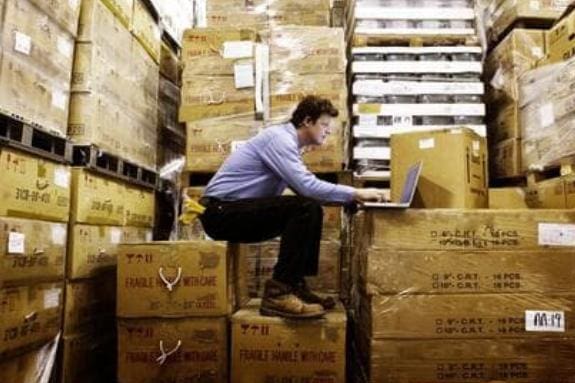Consumer packaged goods (CPG) is a multitrillion-dollar industry focused. on two main priorities: to efficiently manufacture and distribute at a very high volume the everyday products that consumers use and replace regularly, yet at the same time innovate at top speed to meet rapidly evolving consumer preferences and emerging market opportunities. The price disparity between the lowest and highest prices in many CPG categories can be huge. Bottled water, for example, can be bought for 10 cents per 500-milliliter bottle in bulk from a discount grocer, while ultra-premium brands sourced from exotic locales charge thousands of dollars a bottle.
What Are Consumer Packaged Goods?
CPG products share several key characteristics. They’re purchased frequently, consumed or used up quickly, and need regular replacement. They range from basic necessities such as toothpaste, soap, and paper to premium products such as luxury cosmetics, perfumes, and artisanal foods. CPG companies manufacture most of the products that fill the shelves of grocery stores and other retailers, pharmacies, and online marketplaces. In the US, CPG is one of the largest industries, accounting for about $2 trillion in revenue in 2023 and providing over 20 million jobs, according to the Consumer Brands Association. Other research pegged the size of the global CPG market at just over $13 trillion in 2024.
As noted, prices and quality can vary dramatically within product categories, but any individual CPG item must be manufactured consistently, distributed efficiently, and be available to consumers through multiple retail channels. CPG is considered a recession-resistant industry, at least at the low-priced end of different categories, because no matter how hard times get, people don’t usually give up these products.
Consumer Packaged Goods (CPG) Explained
Individual CPG companies typically focus on specific market segments that align with their manufacturing capabilities and brand positioning. Mass-market CPG companies, such as Procter & Gamble and Unilever, excel at high-volume production, efficient distribution, and mass marketing. Luxury producers, such as LVMH’s perfume and cosmetics division, focus on premium ingredients, limited production runs, and exclusive distribution channels. Both segments face the same ongoing challenge of maintaining consistent quality while adapting to changing consumer preferences, though their specific approaches differ based on their target markets and price points.









